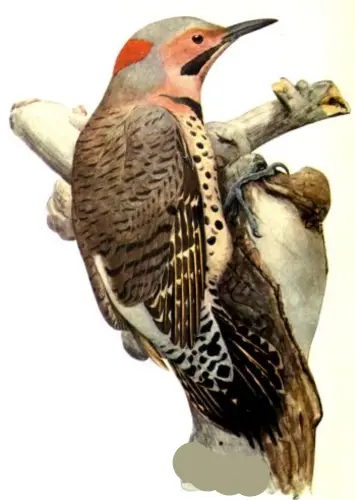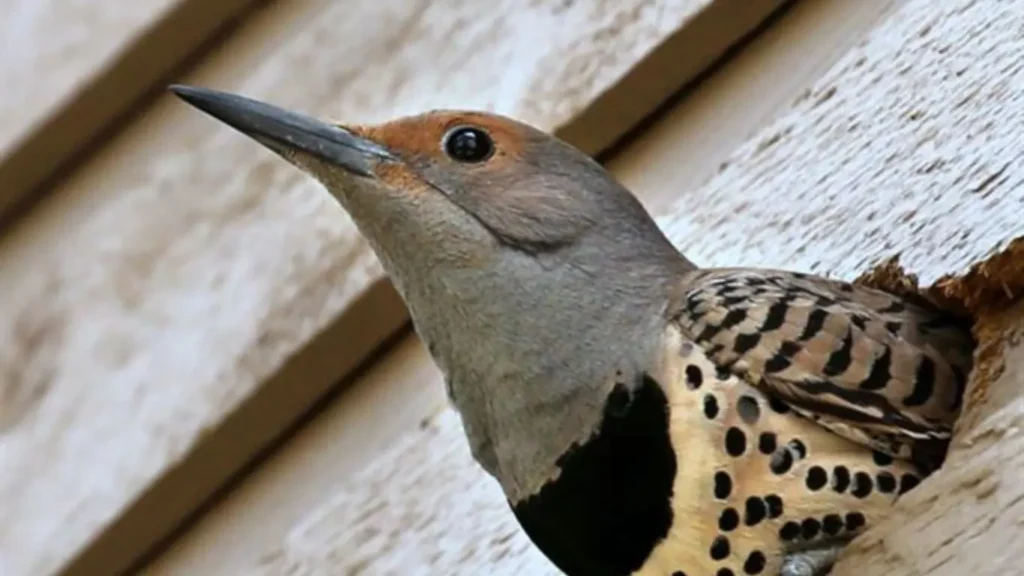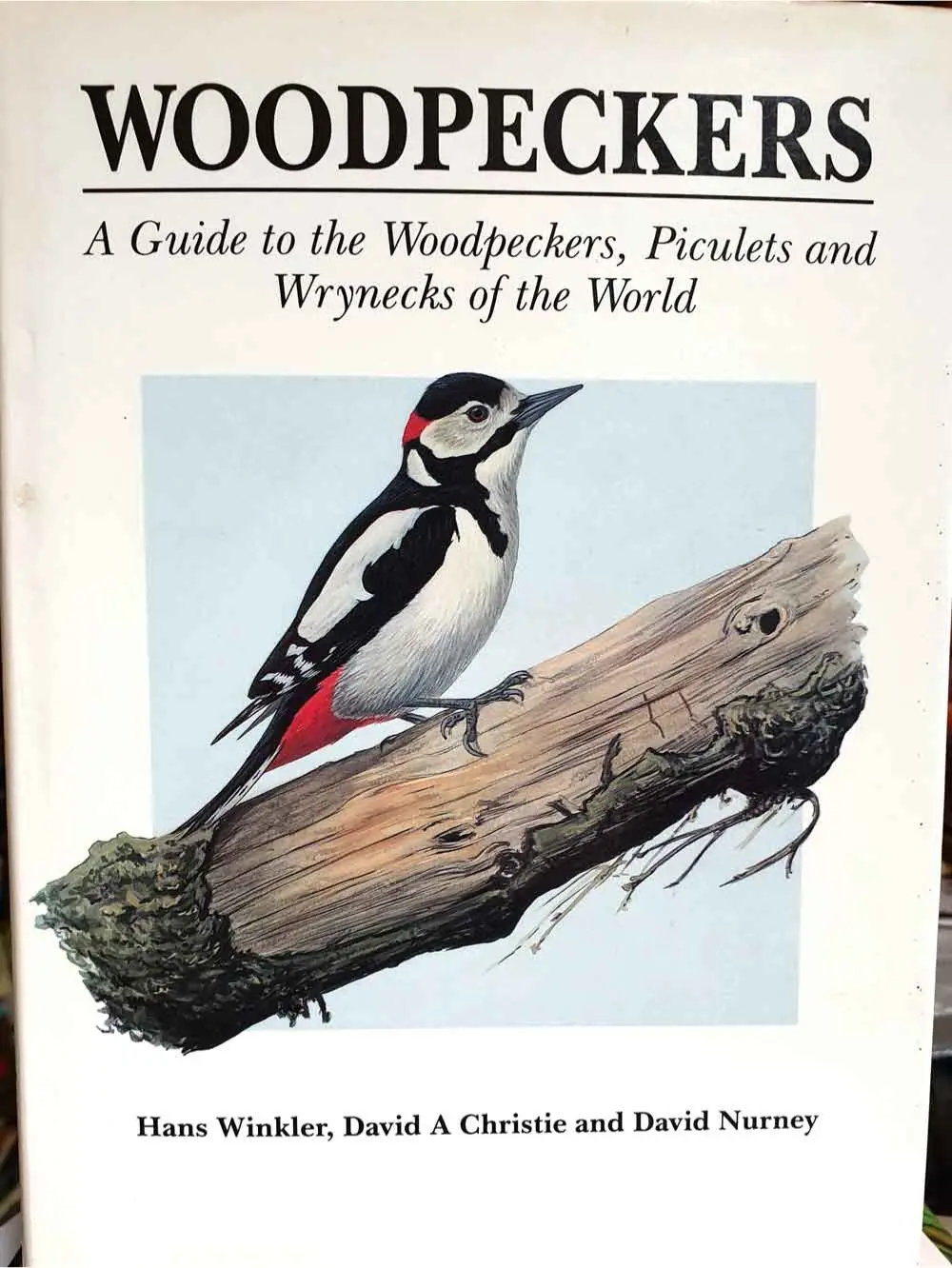Pileated woodpeckers have a stunning crest of bright red and a rather stout bill pecking against the trunk of a tree. That is your pileated woodpecker, North America’s largest woodpecker. A beautiful bird that is a treat to see, and spotting one in a woodlot is the mark of an environmentally healthy sign. Take a look at all you’d ever want to know about this phenomenal bird, fun facts about the pileated woodpecker included.
What’s the Largest Woodpecker in North America? Meeting the Pileated Woodpecker

Pileated woodpecker (Dryocopus pileatus) is the monarch of North America’s largest woodpeckers. Not only are they large, but these beautiful birds are very beautiful, pleasing bird enthusiasts. Don’t confuse, however, that it being largest in North America makes it world largest. The world largest woodpecker title belongs to others elsewhere.
Identifying the Pileated Woodpecker
Pileated woodpeckers are easy to identify from their typical characteristics:
Size: They are almost as large as a crow, 16-19 inches long with a 26-30 inch wingspan. This will give an idea of how large the pileated woodpecker is.
Coloration: They are black, and striped white on face and neck. They possess a red crest at the head which is of bright red in males, but females possess a red patch at the nape of the neck.
Bill: They possess a firm chisel-shaped bill which is fit to bore into trees.
Flight: Their flight is strong and resolute, and is often termed undulating.
Where Do Pileated Woodpeckers Live? Habitat and Distribution
They love mature forests filled with dead and dying trees. These dead trees offer food, as well as nesting sites. They are located in all of North America, from eastern Canada to the south down to the Atlantic United States and the Pacific Northwest. You will have an idea of just how large an area the range of the pileated woodpecker is when you will also know where to look to view one.
Preferred Habitats
- Deciduous Forests: Deciduous maples and oaks create perfect foraging and nesting environments.
- Coniferous Forests: Pileated woodpeckers are found in coniferous forests as well, but especially with old, tall trees.
- Mixed Forests: Deciduous-coniferous mixed forests create broad habit pileated woodpeckers enjoy.
What Do Pileated Woodpeckers Eat? A Diet of Insects and More
Pileated woodpeckers are mostly insectivorous. Their dietary restrictions are not as narrow as you might think.
Primary Food Sources
.Carpenter Ants: They’re one of the finest food sources, and pileated woodpeckers have become quite skilled at locating ant hills.
.Wood-boring Beetles: Their larvae and beetles in adult stage are also a major component of their diet.
Secondary Food Sources
Fruit and Nuts: Fruit, berries, and nuts are consumed by pileated woodpeckers during winter and autumn.
Sap: They will hardly feed on tree sap on extremely infrequent occasions.
The Life Cycle of a Pileated Woodpecker: Nesting and Raising Young
Pileated woodpeckers excavate deep cavities in dead trees to breed. Pileated woodpeckers also use the cavities to roost and other animals to shelter when pileated woodpeckers leave.
Nesting Habits
Cavity Building: The male and female pileated woodpeckers excavate the nesting cavity, which is done in weeks.
Egg-Laying: Female lays 3-5 white eggs.
Incubation: Parent birds incubate eggs for about 18 days.
Raising Young
Feeding: Parents will go to extremes to bring insects to the nestlings.
Fledging: Nestlings will fledge at 25-30 days.
Conservation Status and Threats to Pileated Woodpeckers

Although pileated woodpeckers are not presently considered to be endangered, they are threatened by a number of factors. Notice that they are not rare in their optimal habitats, although local numbers may vary.
Habitat Loss
The greatest threat to pileated woodpeckers is old-growth forest loss. Logging and urbanization decrease the amount of good habitat.
Human Disturbance
Human disturbance can cause disturbance of nesting birds and interference with foraging.
Pileated Woodpecker Physical Characteristics
| Feature | Description |
|---|---|
| Size | 16-19 inches long, 26-30 inch wingspan |
| Coloration | Primarily black, white stripes, red crest (male) |
| Bill | Strong, chisel-like |
| Habitat | Mature forests |
| Diet | Insects, fruits, nuts |
Pileated Woodpecker Life Cycle
| Stage | Description |
|---|---|
| Nesting | Cavity excavated in dead tree |
| Egg Laying | 3-5 white eggs |
| Incubation | About 18 days |
| Fledging | Young leave the nest after 25-30 days |
Understanding the Importance of Pileated Woodpeckers in the Ecosystem
Pileated woodpeckers are their weight in gold to forests.
Creating Habitat
Their unused nest cavities offer protection for other birds and mammals.
Controlling Insect Populations
In consuming vast amounts of insects, they regulate wood-boring insects, which prevents forests from becoming infested.
Seed Dispersal
They will sometimes hold seeds in their bills, sowing trees and other vegetation.
Observing Pileated Woodpeckers: Tips for Birdwatchers
It is a treat to spot a pileated woodpecker. Try these tips to heighten your chances:
Visit Older Forests: With large dead trees.
Listen to Their Call: They make a ringing call and can be heard from long distances.
Be Patient: The birds are shy, and patience is required.
Conclusion: The Majestic Pileated Woodpecker
The pileated woodpecker is a treasure of a bird, a marvel of the unmanaged forests where it lives. Its color, its form, and its place in the universe are to see and to cherish.
Old-growth forest maintains the habitat of this gorgeous bird, North America’s native largest woodpecker. The pileated woodpeckers as a measuring stick by which to measure North American birds will provide the opening act for the next birds regarding size.
Remembering that we know how much they require and how much they adore us, perhaps we can have such great birds on earth after all. We should recall that even though pileated woodpecker is nearly gigantic, there were larger woodpeckers on earth before this, even from among the extinct ones.
FAQs
How big is a pileated woodpecker compared to the rest of North American woodpeckers?
A pileated woodpecker is bigger than the rest of North American woodpeckers and bigger than most of them.
How does a pileated woodpecker’s call sound?
They possess deep sonorous loud calls, variable “laughing” call voices. They also possess drum calls, whenever they drum the tree.
Where do pileated woodpeckers live?
They live in old forests all over all of North America where trees do get large.
Do pileated woodpeckers migrate?
Pileated woodpeckers will not, but seasonally migrate to eat.
How long will a pileated woodpecker live?
Pileated woodpeckers will live 12, but average life will be shorter.

kzdg.lerkjgwerogjp35